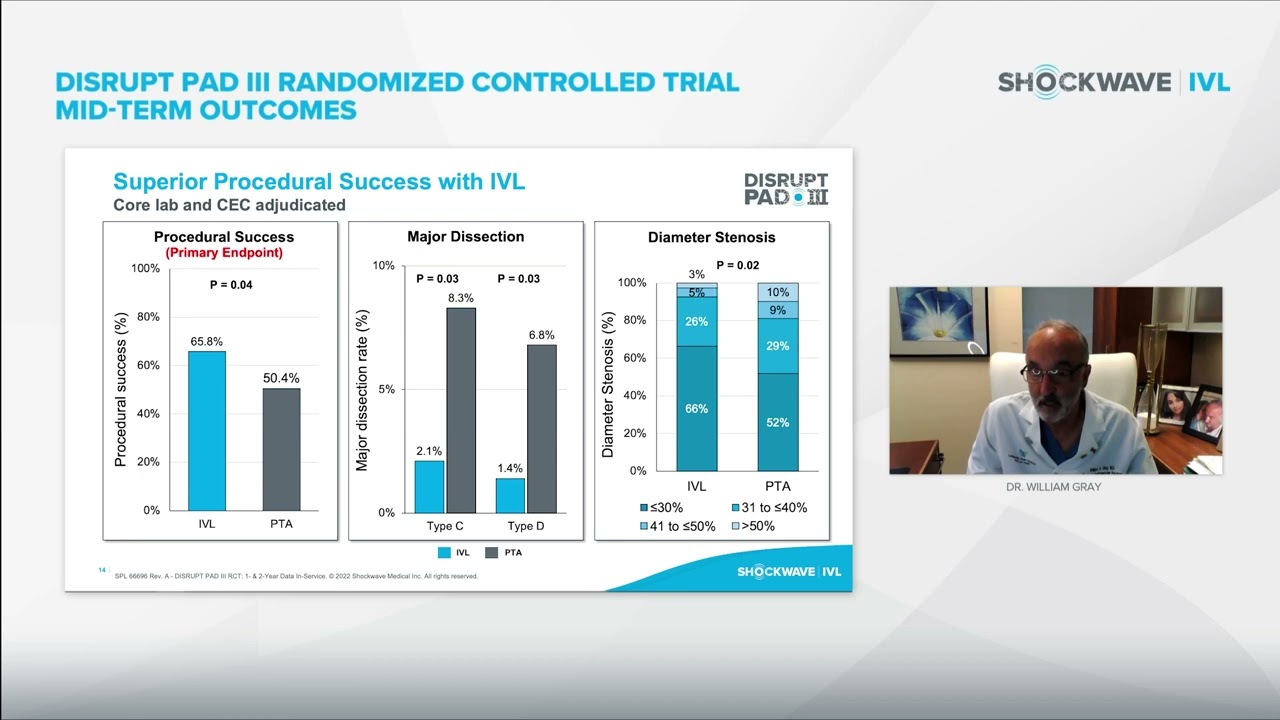DISRUPT PAD III Randomized Clinical Trial
Shockwave Intravascular Lithotripsy (IVL) provides superior vessel prep and excellent long-term results in calcified vessels while preserving future treatment options.
DISRUPT PAD III: The Largest-ever Randomized Study of Severely Calcified Peripheral Lesions
Statistics Callout
This section presents key statistical information with numbers and descriptions.
-
45Global sites
-
306Superficial femoral artery (SFA)/popliteal lesions randomized to Shockwave IVL or percutaneous transluminal angioplasty (PTA)
-
83%Severe calcification by Peripheral Academic Research Consortium (PARC), an independent core lab*
-
129 mmAverage calcified length by an independent core lab*
*Data refers to Shockwave IVL arm of randomized study
Accordion Section
Shockwave IVL’s unique mechanism of action (MOA) delivers significantly more luminal gain with lower dilatation pressure and less need for post-dilatation.
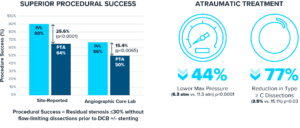
Shockwave IVL maintains control of the procedure by minimizing complications such as dissections, embolization and perforations. Shockwave IVL significantly reduces the need for bailout stents, preserving future treatment options.
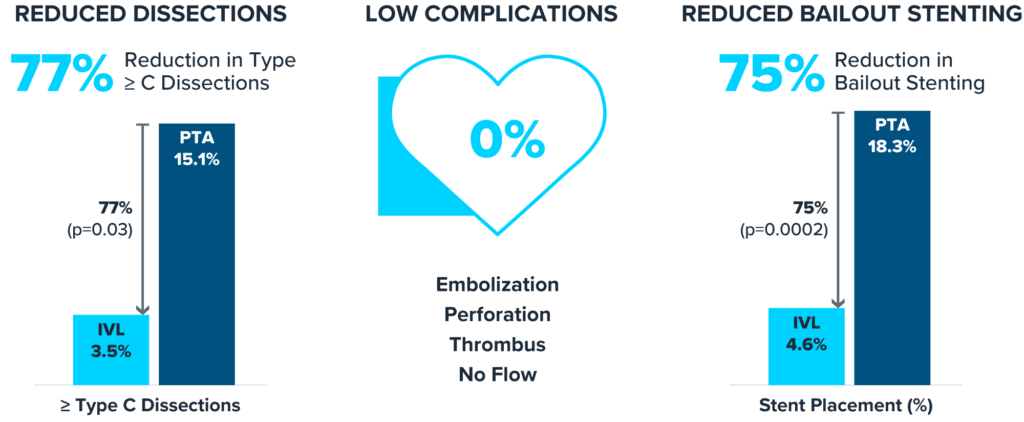
Embolic protection: Utilized in 1.3% of cases in Shockwave IVL treatment arm.
Provisional stent: Utilized if residual stenosis ≥50% by visual estimate or unresolved ≥ type D dissection, and trans-lesional gradient > 10 mmHg.
Shockwave IVL has demonstrated excellent patency out to two years in a severely calcified patient population.
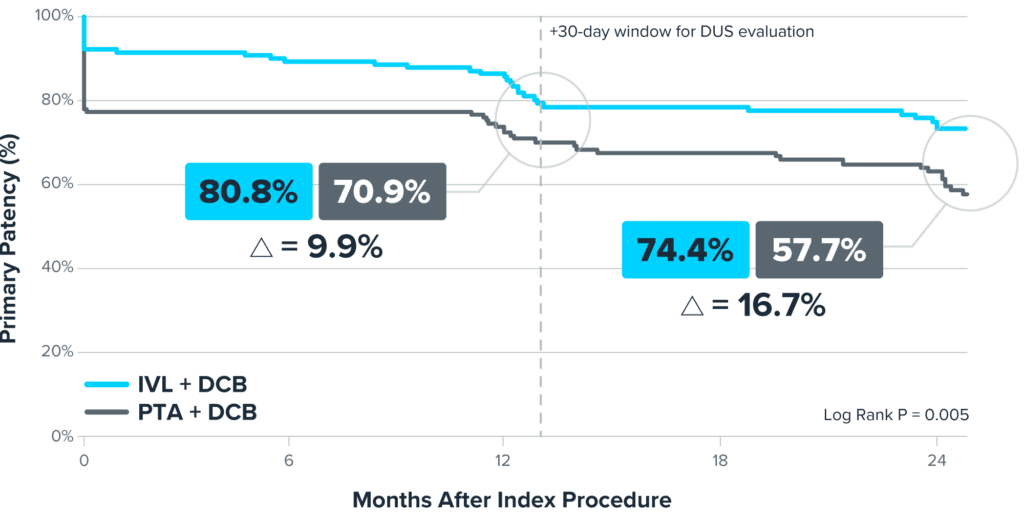
Number of subjects at risk:
| Shockwave IVL | 131 | 120 | 107 | 88 | 83 |
|---|---|---|---|---|---|
| PTA | 136 | 107 | 95 | 75 | 66 |
*Primary patency defined as freedom from provisional stenting at index procedure, freedom from clinically-driven target lesion revascularization, and freedom from restenosis determined by duplex ultrasound.
More Shockwave Peripheral IVL Studies
-
Global prospective, multi-center, single-arm study assessing the safety and effectiveness of Shockwave peripheral IVL in treating long, calcified BTK lesions.Peripheral IVL
-
Core lab adjudicated, long-term, multi-center study exclusively enrolling heavily calcified lesions building upon DISRUPT PAD I.Peripheral IVL
-
The largest prospective real-world evidence for the treatment of complex, heavily calcified peripheral arterial disease (PAD).Peripheral IVL
